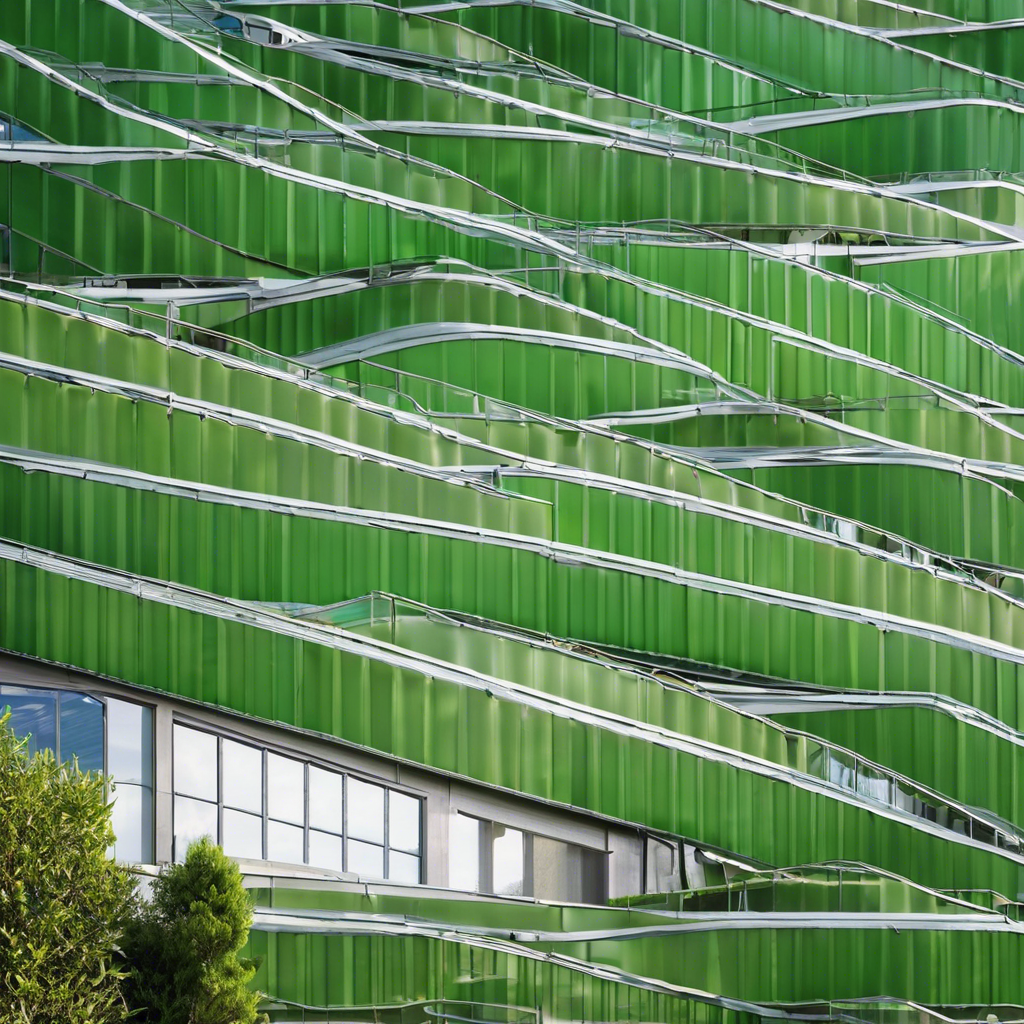The real estate industry is undergoing a profound transformation as sustainability becomes a top priority for developers, investors, and homeowners. Green building trends are shaping the future of urban and residential landscapes, focusing on energy efficiency, eco-friendly materials, and advanced technologies. With the increasing demand for sustainable living, builders are integrating innovative designs that minimize environmental impact while enhancing comfort and cost-effectiveness. From smart homes to net-zero buildings, the future of real estate is greener than ever.
Energy efficiency is at the core of green building practices, with architects and developers incorporating designs that reduce energy consumption. Passive solar design, improved insulation, and energy-efficient windows are now standard features in many new constructions. These elements help regulate indoor temperatures, reducing the need for excessive heating and cooling. Additionally, LED lighting and energy-efficient appliances have become essential components, significantly lowering electricity bills. Smart thermostats and automated climate control systems further optimize energy use, providing homeowners with both convenience and sustainability.
Net-zero buildings are gaining traction as more developers aim to create structures that generate as much energy as they consume. These buildings rely on renewable energy sources such as solar panels, wind turbines, and geothermal heating systems to offset their energy usage. Advances in solar technology have made photovoltaic panels more affordable and efficient, enabling homeowners to produce their own electricity. Energy storage solutions, such as high-capacity batteries, allow excess power to be stored for later use, ensuring a consistent energy supply even when renewable sources are unavailable.
Sustainable materials are redefining modern construction, emphasizing the use of recycled, reclaimed, and locally sourced products. Bamboo, cork, and engineered wood are becoming popular choices due to their durability and low environmental impact. Recycled steel and concrete infused with industrial byproducts are also making their way into mainstream construction, reducing carbon emissions associated with traditional building materials. Additionally, eco-friendly insulation materials like sheep’s wool, cotton, and aerogel provide excellent thermal performance while being non-toxic and biodegradable.
Water conservation has become a crucial aspect of green building design, with innovative systems designed to minimize water waste. Rainwater harvesting, greywater recycling, and low-flow plumbing fixtures are increasingly being integrated into both residential and commercial properties. Smart irrigation systems, which adjust watering schedules based on weather conditions and soil moisture levels, are helping homeowners and businesses reduce water consumption. Landscaping with native and drought-resistant plants further supports water conservation efforts while enhancing aesthetic appeal.
Green roofs and living walls are emerging as a creative and functional approach to urban sustainability. These features not only enhance the visual appeal of buildings but also contribute to better insulation, air purification, and stormwater management. Green roofs reduce the urban heat island effect by absorbing heat and providing natural cooling. They also create habitats for birds and insects, promoting biodiversity in urban areas. Similarly, living walls improve indoor air quality by filtering pollutants and increasing oxygen levels, making them an attractive feature in both commercial and residential spaces.
The rise of smart home technology is revolutionizing the way people interact with their living spaces while promoting energy efficiency. Home automation systems allow residents to control lighting, heating, cooling, and security with the touch of a button or voice command. Smart meters provide real-time insights into energy consumption, enabling homeowners to identify areas for improvement. Integration with renewable energy sources and battery storage systems ensures that smart homes remain energy-efficient and self-sustaining.
Sustainable urban planning is also playing a significant role in shaping greener communities. Mixed-use developments that combine residential, commercial, and recreational spaces reduce the need for long commutes, promoting walkability and reducing carbon footprints. Public transportation systems are being enhanced with electric buses, bike lanes, and pedestrian-friendly infrastructure, encouraging eco-friendly mobility options. Cities are also investing in green spaces, urban forests, and parks to improve air quality and create healthier living environments.
Government incentives and policies are further driving the adoption of green building practices. Many countries offer tax credits, rebates, and subsidies for homeowners and businesses that invest in energy-efficient upgrades. Green building certifications, such as LEED (Leadership in Energy and Environmental Design) and BREEAM (Building Research Establishment Environmental Assessment Method), encourage developers to adhere to strict sustainability standards. As environmental regulations become more stringent, the real estate industry is expected to continue embracing eco-friendly innovations.
Consumer awareness and demand for sustainable housing are pushing developers to prioritize green construction. Homebuyers and renters are increasingly seeking properties with energy-efficient features, lower utility costs, and healthier indoor environments. Millennials and Gen Z, in particular, are leading the demand for eco-friendly homes, recognizing the long-term financial and environmental benefits. As sustainability continues to influence real estate trends, the future of construction will be defined by innovative technologies, responsible resource management, and a commitment to creating a more sustainable world.

